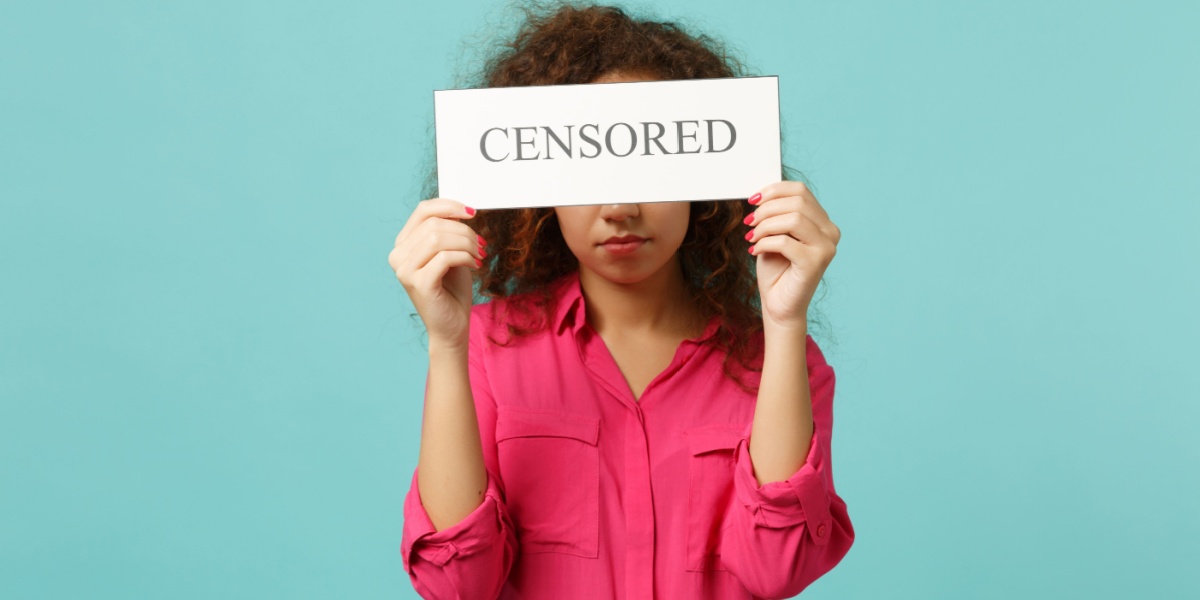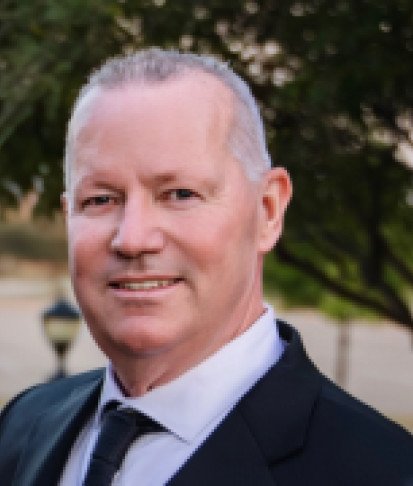When Seattle’s Museum of Pop Culture (MoPOP) quietly rewrote a Nirvana exhibit plaque in August 2024, saying Kurt Cobain had “un-alived himself” rather than “died by suicide”. Fans, clinicians, and loss-survivor groups erupted.
Within 48 hours, MoPOP quietly reverted to “died by suicide,” restoring the original wording. That brief change reflects a wider internet phenomenon: across TikTok, YouTube, and Reddit, the term “unalive” has become a common form of algospeak—used by many creators to evade moderation. [1][2]
Is this clever coding or a harmful linguistic detour?

What does “unalive” mean?
Scroll TikTok for “unalive meaning” and you’ll see creators deliberately masking talk of suicide behind slang. That practice, algospeak, uses code words to evade automated moderation. [3] Code words like “unalive”, “seggs”, and “unal1ve”.
Like other euphemisms, it promises safety from demonetization on social media platforms, yet silently shifts labor onto audiences who must decode slang before they can find help.
Where does it come from?
- Meme & gamer culture (circa 2013): The word “unalive” became popular in 2013 when it was used in an episode of Ultimate Spider-Man. KnowYourMeme documents unalive as early gamer slang for “kill” or “murder”. [4] From the outset, it’s clear that unalive wasn’t born of respect or sensitivity.
- Lexical evolution: Dictionary.com traces its jump from niche chat rooms to mainstream internet jargon. [5]
- TikTok breakout (2020–2021): As rules around content about self-harm tightened, some creators preemptively switched to unalive, fearing suicide might limit reach, though TikTok’s Safety Center never banned the clinical term. [6]
- There was a mainstream spillover (2022 onward): Instagram Reels, Reddit threads, and even museum plaques adopted the euphemism.
How harmful can it be to avoid using words like suicide?
The Seattle Times posted an article claiming that experts say that using unalive online could make for more meaningful discussions among youths, giving them a sense of community and trust they couldn’t have with adults who use the words suicide or kill.
However, when a young person types unalive into a social media search bar, algorithms many times return jokes, memes, vague advice, or peer commentary, while evidence-based crisis resources remain buried. Unlike the term suicide, which can trigger automated outreach or moderation tools, euphemisms frequently bypass safeguards designed to connect users with support. This subtle shift in language can create a meaningful delay in access to help.
Clinical psychologist Dr. Savana Howe explains the potential harm that may be caused by replacing the word suicide with other language:

Medical advisor
Psy.D.
Viewed through an ethical lens, we can assess this situation using four foundational touchstones:
- Respecting autonomy, our ability to make informed choices, means providing clear information; euphemisms only cloud that clarity.
- Beneficence calls on us to promote well-being—yet coded language can inadvertently steer people away from reliable, evidence-based support.
- Non-maleficence (“do no harm”) is undercut when bots scanning suicide miss unalive, delaying outreach.
- Justice calls for equal access—not everyone deciphers the code, and inequity creates barriers.
Dr. Louis E. Costello of Dynatech had this to add:
Language sanitization turns mental health into code and secrecy, which is exactly the environment in which suicidal ideation festers. I do not mean that every mention of the word needs to be blasted across public threads. I mean the complete removal of the actual term from digital visibility breaks the directness that can save a person’s life. When someone is Googling how to survive a mental crisis at 3 AM and nothing pulls up because they used the real word, that is a tech failure, not a content moderation success.
Calling it stigmatizing is missing the real damage. It is not a stigma to say suicide. It is a stigma to force people to whisper it. Suicide prevention is not about hiding words; it is about giving people words strong enough to cut through despair. Sanitizing this vocabulary tells users they are too dangerous for their own language, and that makes self-disclosure feel shameful or punishable. Euphemisms are for taboo topics.
Suicide is not taboo! It is medical. It is preventable. And it is real! [17]

Medical advisor
Board-Certified Child, Adolescent & Adult Psychiatrist
2024 JMIR Mental Health trial
To see how wording impacts real-world help-seeking, researchers recently tested different language styles in an online suicide-prevention campaign.
Researchers ran a nationwide Google-Ads experiment that showed suicide-prevention banners to people searching three groups of keywords: high-risk (“how to kill myself”), help-seeking (“suicide hotline”), and low-risk, broad-distress (“feeling lonely”). When the banner used the explicit word suicide, it attracted more clicks and higher total-conversion rates in the high-risk group, and marginally more clicks in the help-seeking group. [7]
For the low-risk group, indirect wording (no mention of suicide) drew more engagement. The authors conclude that naming the crisis directly is the best way to reach people at greatest risk. However, softer language can still draw in broader audiences who may not yet identify their feelings as suicidality. [7]
Because unalive belongs to that indirect category, the study shows it is less effective when urgency is highest, precisely the moment when algorithms and outreach matter most.
Why euphemisms feel safer, but aren't
A deeper look at how euphemisms influence perception and delay action comes from philosophy. Philosophical analysis shows that the words we choose shape public awareness and the urgency of response. Paul Ricoeur’s concept of the “broken symbol” stresses that a term must fully connect to its referent to carry its weight in communication.
When a heart attack is called a “heart event,” the softened phrasing can blunt its urgency and delay life‐saving intervention. In the same way, using the euphemism unalive instead of suicide weakens the link between word and reality, reducing empathy and risking slower action from loved ones or first responders. [8]
Counter argument
However, this view is not shared by everyone. Some schools of thought suggest that the language used to discuss suicide is inconsequential to the broader mission of getting help to those who need it. Dr. Ryan Egan, a psychologist with experience helping teens and children with depression, shares his thoughts:
Through the lens of this theory, we can make some educated guesses about the use of terms like unaliving. First, making linguistic substitutes so that users can talk about their struggles in a way that gets past content filters may 1) have a positive impact on Thwarted Belongingness (i.e., I am not alone) and 2) have a neutral impact on Acquired Capability (i.e., talking about suicide is not known to significantly reduce one's fear of death or pain). As for concerns that euphemisms might make light of suicide, there's little evidence that changing the language in this way meaningfully increases risk by lowering fear or seriousness.
Bottom line: If someone opens up about suicidal thoughts, whether online or in person, focus less on their word choice and more on helping them feel heard, valued, and loved. Listening with compassion can go a long way. And when in doubt, encourage them to connect with a mental health professional or call a crisis line. You shouldn't have to handle it alone. [18]

Medical advisor
Ph.D.
Pushback on “unalive” culture
Kurt Cobain’s plaque isn’t the only pushback against this phenomenon. Even though TikTok’s policy allows factual, non-graphic discussions of suicide when paired with helpline links, creators still hesitate. As reported by Wired, Amelia Tait found that many continue using unalive out of fear of demonetization, reduced reach, or shadowbans. [6]
Habit and financial incentives keep the evasive slang alive.
Moreover, in 2019, Prianka Padmanathan, a clinical academic in psychiatry at the University of Bristol, led a study examining how language shapes discussions around suicide. She surveyed just under 3,000 individuals with personal experience of suicide and asked them to evaluate the acceptability of various terms. [9]
The study found that phrases like “attempted suicide”, “took their own life”, “died by suicide”, and “ended their life” were rated as the most appropriate for describing both fatal and nonfatal suicidal behavior. [9]
Is it stigmatizing language?
The word suicide itself is not stigmatizing. Leading mental health organizations recommend using clear, factual language. However, terms that imply judgment or intent, such as “commit suicide” (which echoes criminality) or “successful attempt”, should be avoided.
Dr. Howe had this to add:

Medical advisor
Psy.D.
Whether euphemisms like unalive are stigmatizing depends on the context. Some argue they soften difficult conversations, while others suggest they obscure reality and reinforce stigma.
- The UK’s Mental Health Foundation warns that stigma “can delay or stop people from getting help” [10]
- Healthdirect Australia notes that euphemisms can cause confusion and shame, which “sometimes stop people from asking for help” [11]
- Everymind Australia emphasizes that vague language “keeps suicide in the shadows”, making it harder for people to reach out for support [12]
These insights suggest that clarity, not coded language, helps break stigma and encourages help-seeking.
How to communicate openly and directly about mental health
- Ask directly: “Are you thinking about suicide?” shows readiness to help, and research confirms it does not increase risk; it often brings relief. [13]
- Pair honesty with hope: Use the term suicide alongside compassionate offers and crisis resources.
- Elevate lived experience: The recovery-focused narratives model helps in seeking and reducing isolation.
- Work with the algorithm: Use #SuicidePrevention, the clinical term, and helpline links. Platforms now favor context-rich content.
Dr. Howe echoes the need for direct communication around suicide and mental health:

Medical advisor
Psy.D.
What to avoid
The following should be avoided when talking about suicide:
- Judgment-laden verbs (“commit”, “successful attempt”).
- Graphic details that can retraumatize or glamorize suicide or self-harm.
- Leetspeak/algorithm-bait (“su1cide”, “unal1ve”) that hides posts from outreach bots.
- Dismissive clichés (“attention-seeking”) that deepen shame.
As mentioned, asking: “Are you thinking about suicide?” does not plant the idea. Instead, it clarifies risk and brings relief.
Why some creators still cling to “unalive”
Early demonetization policies left a legacy of caution; many creators maintain "unalive" out of habit or fear. However, studies in corporate communications show that euphemism usage in general correlates with lower audience trust and even negative abnormal stock returns when companies obscure risk in earnings calls. [14][15]
Bottom line
Unalive may feel gentle or savvy, but evidence and ethics demand clarity. Naming suicide directly, while coupling it with empathy, lived-experience insight, and crystal-clear resources, honors those affected and chips away at the silence that sustains despair.
Crisis resources
If you or someone you know is thinking about suicide, help is available 24/7:
- U.S.: 911 (Emergency) • 988 (Suicide & Crisis Lifeline)
- UK & ROI: 999 (Emergency) • 116 123 (Samaritans)
- Australia: 000 (Emergency) • 13 11 14 (Lifeline)
- South Africa: 10112 (Emergency) • 0800 567 567 (SADAG)
- France: 112 (Emergency) • 01 45 39 40 00 (Suicide Écoute)
- Hong Kong: 999 (Emergency) • 852 2382 0000 (The Samaritans)
- Mexico: 911 (Emergency) • 525 510 2550 (Línea de la Vida)
- South Korea: 112 (Emergency) • (02) 7158 6000 (Korean Suicide Prevention Center)


-blog-detail.jpg?v=1722513328)

-blog-detail.jpg?v=1738677671)